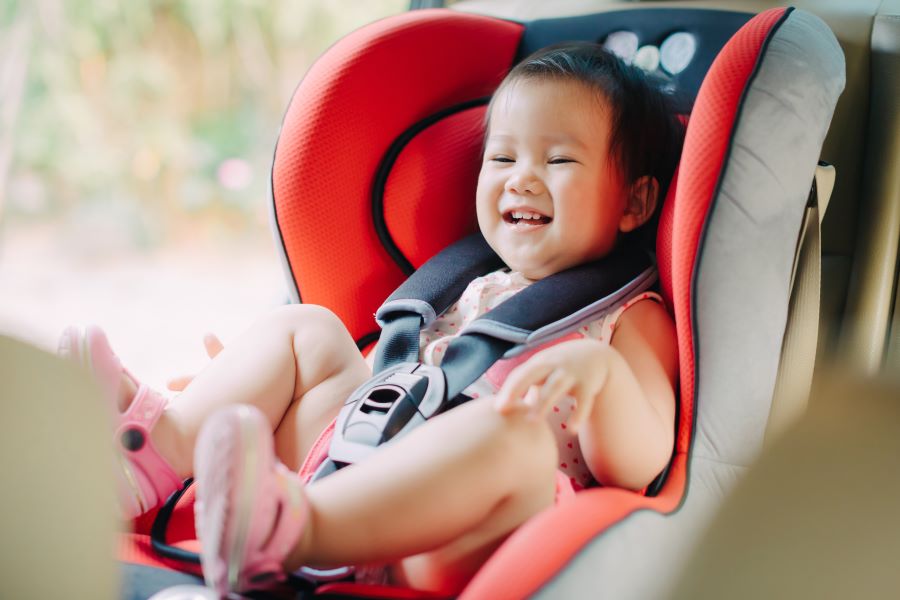5 Car Seat Mistakes Parents Make With Their Toddlers


While babies need to be in rear-facing car seats, the setup for toddlers is a little different. Which direction do they face? Which seat do I use? When do I change to a booster? What does the law say? According to Safe Kids Worldwide, 73 percent of car seats are either installed or used incorrectly. Here is a list of five common car seat errors parents make with toddlers.
1. Turning the car seat from rear-facing to forward-facing too soon
The recommendation is for children to remain rear-facing until age two or until they outgrow the rear facing limits for your car seat. Toddlers have relatively large and heavy heads compared to the rest of their body. Sitting rear-facing offers the maximum benefit to the head, neck and spine in the event of a crash. They begin in their infant car seats then transition into a convertible car seat that can be installed rear-facing once they have outgrown the infant seat. Many of the newer infant seats now accommodate toddlers up to 30 pounds and 32 inches tall.
2. Moving too quickly to a booster seat
Once a child has reached the maximum height and weight for a rear-facing seat, they should be moved into a forward facing car seat with a 5-point harness. Keep your child in a 5-point harness in a forward-facing car seat until they reach the maximum height and weight limits according to your car seat. Many convertible car seats have harnesses that can be used up to 65 pounds.
3. Using a booster seat incorrectly
Once a child has outgrown his or her forward-facing 5-point harness seat, they may transition to a booster seat. Like car seats, boosters vary in their fit and comfort levels. Choose one that fits easily into your back seat and that is comfortable for the child. Whether you choose a backed or back-less booster depends on the neck and head support of your car’s seats. The tops of their ears should not be taller than the top of the seat or headrest. If so, a booster with a back is the best option. Some children prefer a high-backed booster even if your seat backs are tall as the boosters offer some support for sleeping. If your preschooler likes to wiggle, unbuckle their seat, or lean forward, then they are not ready to transition to a booster.
4. Using the safety belt incorrectly when using rear-facing, forward-facing and boosters.
Read the manufacturer’s guide to learn the correct way to latch each seat into your back seat. With the exception of boosters, all car seats need to be attached to the car. Newer boosters are being made using the LATCH system as well but it is not a requirement at this time. When using a booster, make sure the lap portion of the belt fits snuggly across the hip bones of the child and not over their abdomen. The shoulder belt should be worn at all times across the clavicle, down across the sternum and then latched. If the child is putting the shoulder belt behind them or it rides up under their neck, the booster is not adjusted properly. In the event of an accident, wearing only the lap portion of the belt has been associated with severe internal injuries.
5. Not using a safety seat
Children should remain in a safety seat until approximately 80 pounds and a height of 4 feet 9 inches tall. At that point the lap belt should fit snuggly across the hip bones and the shoulder belt should fit comfortably across the shoulder and down across the body over the sternum.
Sources:
- CPSafety
- Rear-facing – Unmatched safety.
CPSafety - The Best Booster Seat.
Parents Central - How to find the right car seat.
Safe Kids Worldwide - Buckle up: keeping your kids safe in the car.
Powered by Bundoo®










































